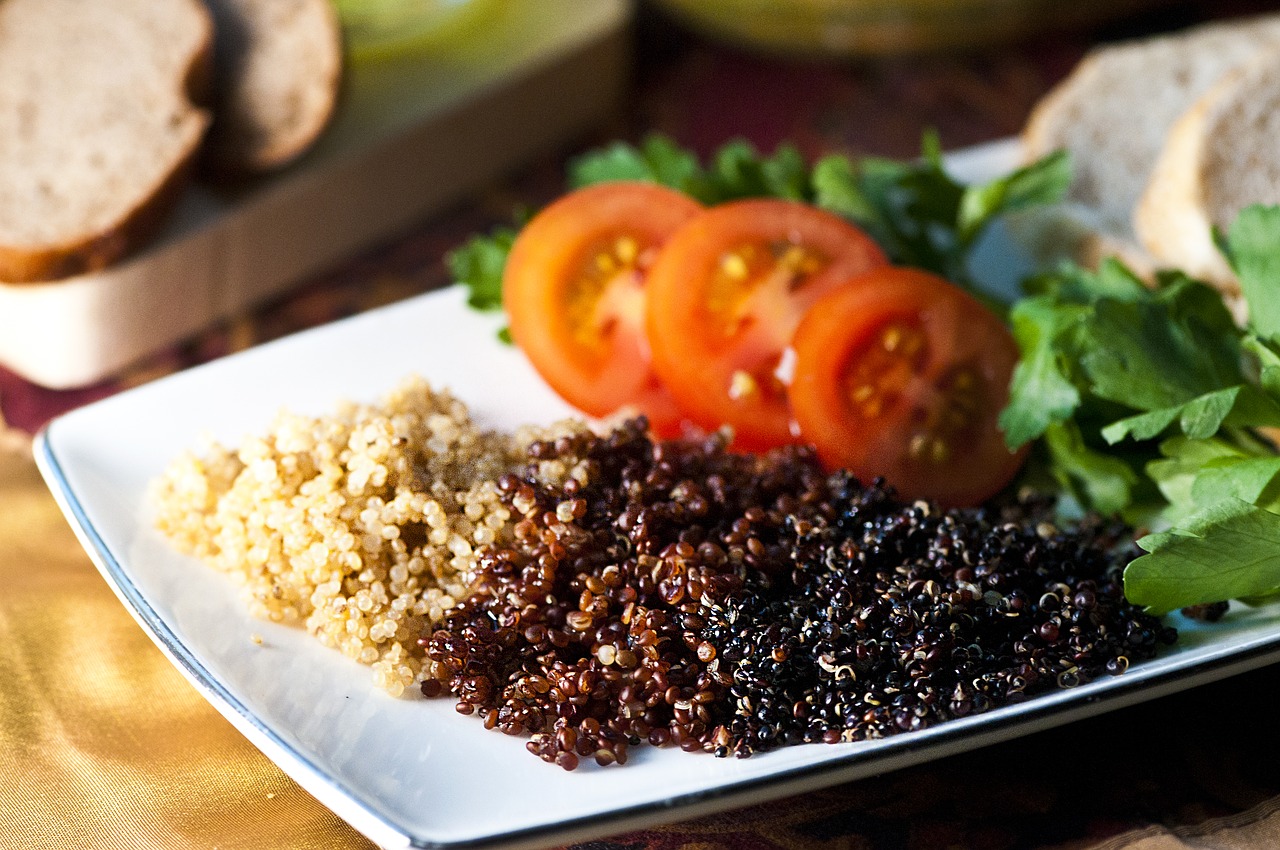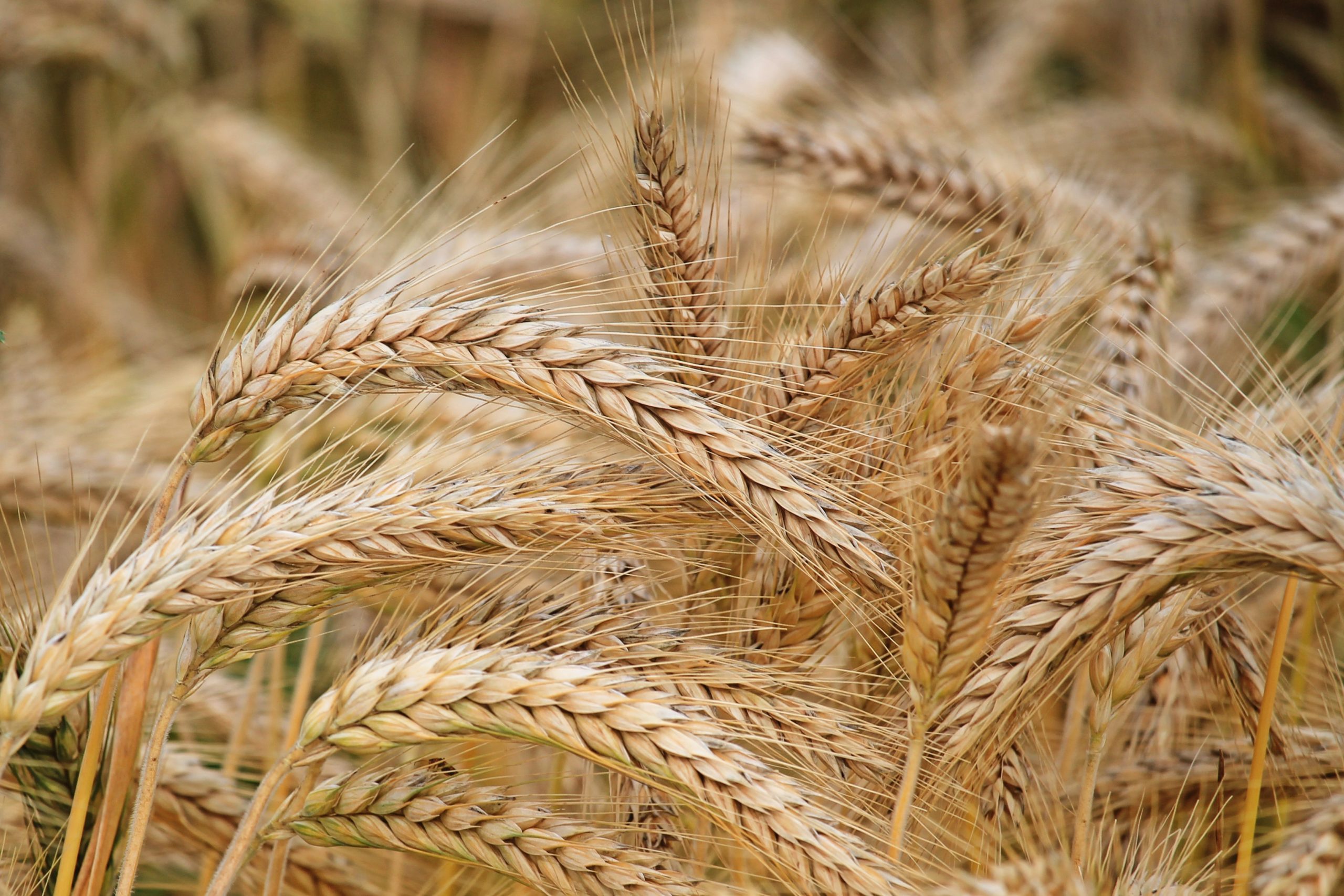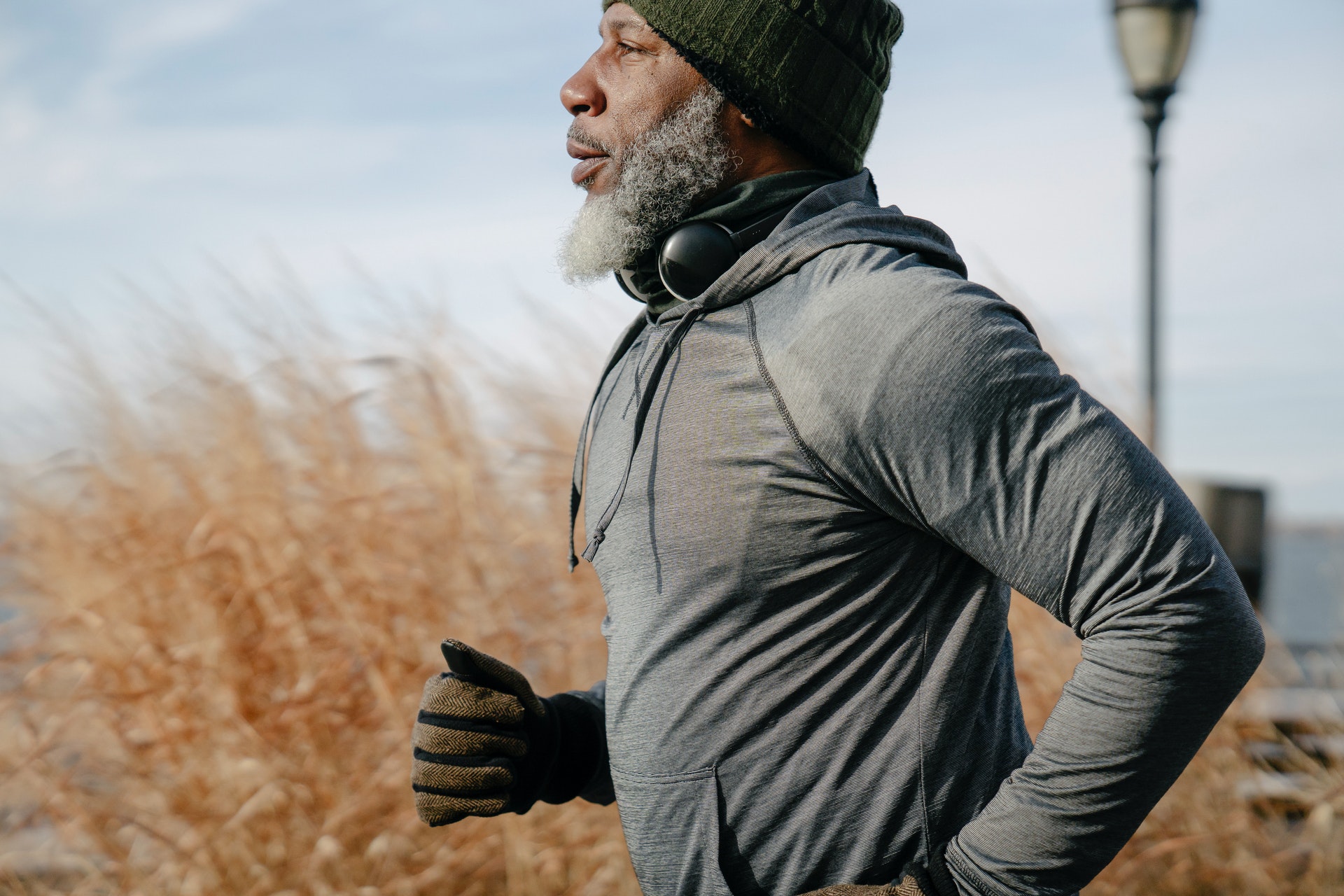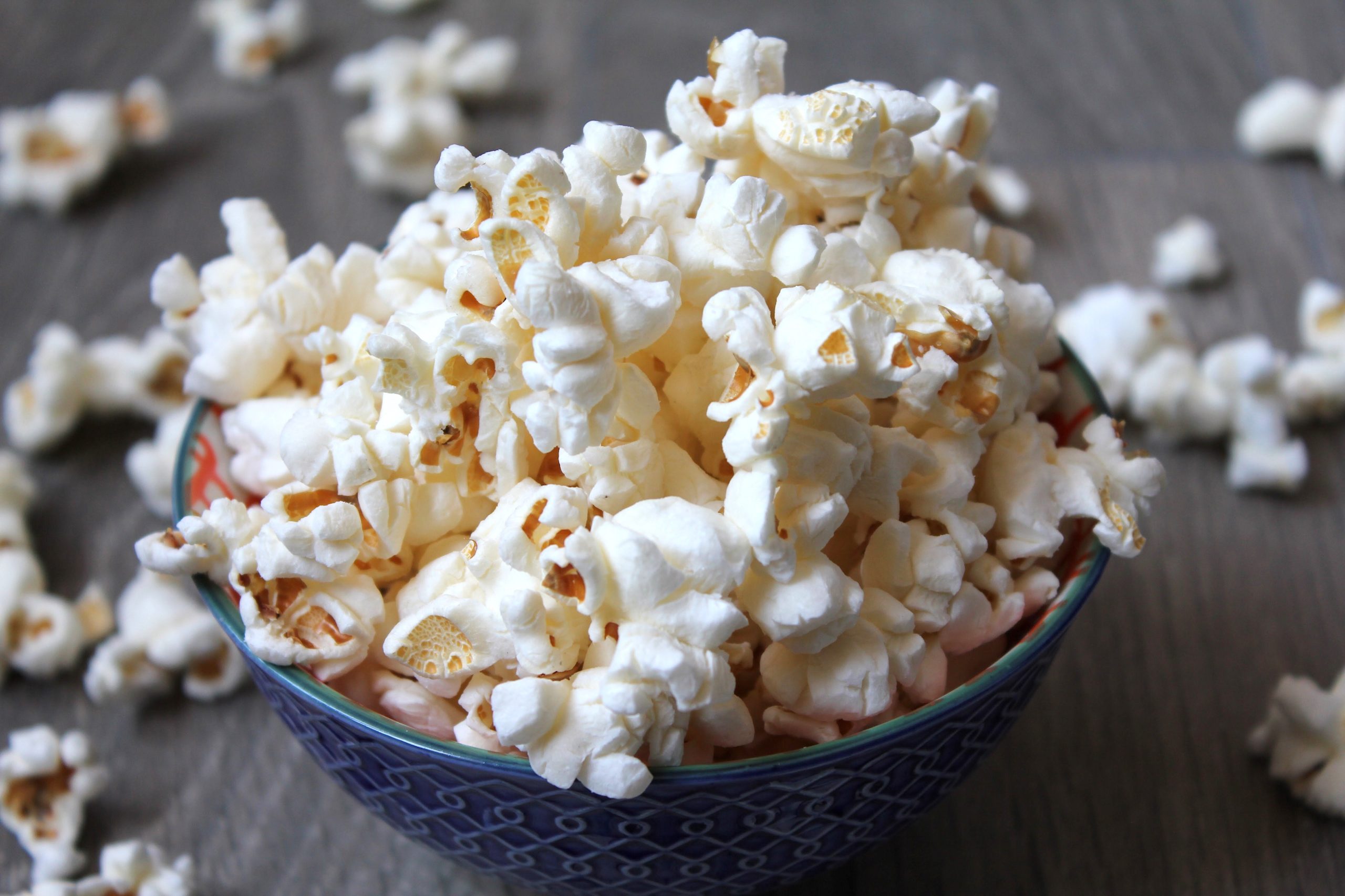Fiber: when I was a kid, my grandmother used to call it “roughage”. I didn’t know what that meant exactly, but it sounded painful or at least uncomfortable! The truth of the matter is that fiber in your diet can actually make you feel more comfortable. For one thing, it encourages regular, healthy, comfortable bowel movements.
Other benefits of fiber:
- Helps you digest food more slowly; this creates a feeling of fullness which prevents overeating
- Slows absorption of sugars; prevents spikes in blood sugar
- Cleans out toxins from your colon
- Generates prebiotics which support beneficial species of bacteria in the GI tract
Fiber can also decrease your risk of getting certain diseases. Studies have shown that people who eat more fiber tend to be less likely to get colon or breast cancer, heart disease or gastrointestinal disorders.
The tips below will help you get started with including more fiber-rich foods in your diet. It’s a good idea to increase your intake of fiber gradually. Also, be sure to drink plenty of water.
Tips for increasing fiber:
- Whole grains: eat whole grains in place of refined or processed grains
- Examples: brown rice, wild rice, oatmeal, quinoa, whole wheat bread/pasta
- Oatmeal: opt for old-fashioned (rolled oats) or steel-cut oats
- Quinoa: experiment and try quinoa (any color)
- Cooks quickly: 15-20 minutes
- Before cooking, rinse quinoa in a fine strainer to wash off the natural saponin
- Rice: ditch the anemic-looking white rice and try different colors—wild rice, red rice or forbidden rice, a type of black rice which is off-the-charts high in antioxidants
- Add flavor to rice or other grains:
- Cook with low-sodium broth, spices or dried herbs
- Add a healthy sauce or dressing to cooked rice
- Add flavor to rice or other grains:
- Examples: brown rice, wild rice, oatmeal, quinoa, whole wheat bread/pasta
- Increase intake of vegetables and fruit (aim for 5-10 servings a day; more veggies than fruit)
- Include some raw veggies and fruit in your diet
- Eat the skin (if edible): lots of fiber is found here
- Incorporate legumes into your diet
- Beans (black, kidney, garbanzo, edamame), lentils, peas
- Ideas: vegetarian chili, homemade soups, bean or lentil salad, Mexican or Indian food
- Include nuts and seeds in your diet
- Nuts: all types; great for snacking
- Sunflower or pumpkin seeds (pepitas)
- Flax seeds (ground), chia seeds
Takeaway: plant foods (vegetables, fruit, whole grains, legumes, nuts and seeds) are rich in fiber. Including a variety of these foods in your diet on a daily basis will ensure that you’re getting a healthy dose of fiber…or roughage, as my grandma would say. 🙂



